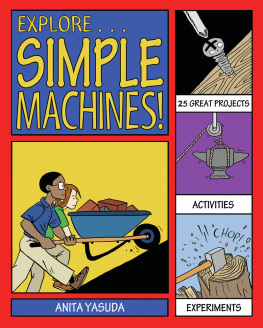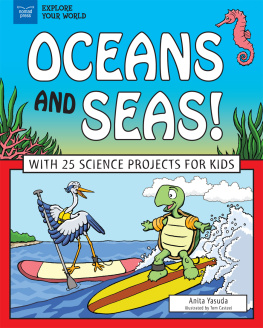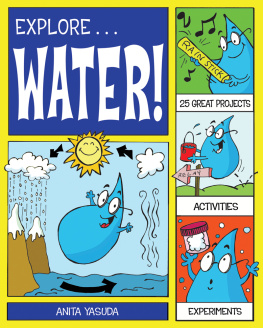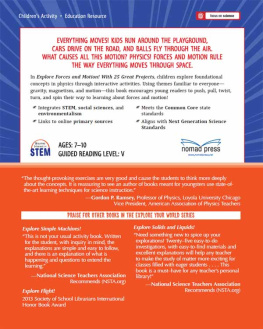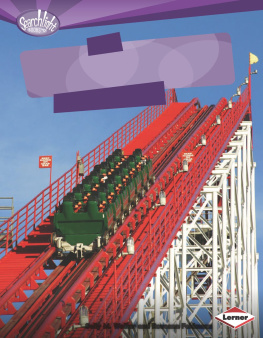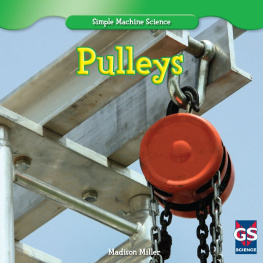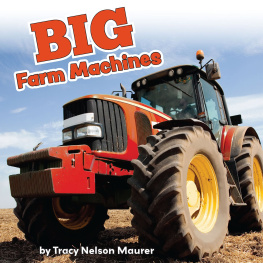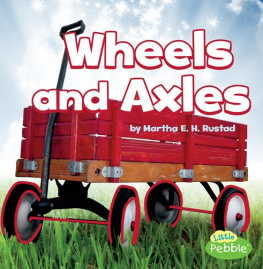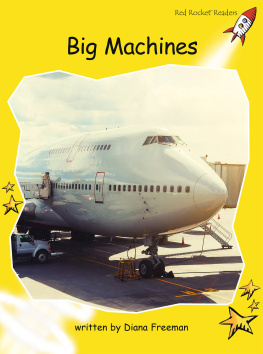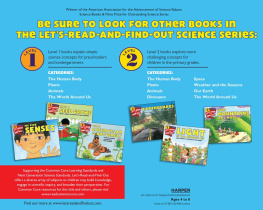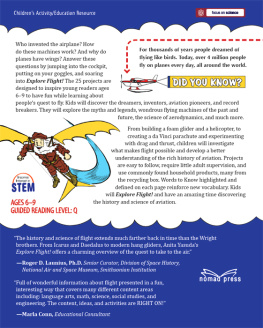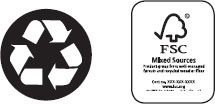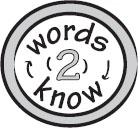Anita Yasuda - Explore Simple Machines!: With 25 Great Projects
Here you can read online Anita Yasuda - Explore Simple Machines!: With 25 Great Projects full text of the book (entire story) in english for free. Download pdf and epub, get meaning, cover and reviews about this ebook. year: 2011, publisher: Nomad Press, genre: Children. Description of the work, (preface) as well as reviews are available. Best literature library LitArk.com created for fans of good reading and offers a wide selection of genres:
Romance novel
Science fiction
Adventure
Detective
Science
History
Home and family
Prose
Art
Politics
Computer
Non-fiction
Religion
Business
Children
Humor
Choose a favorite category and find really read worthwhile books. Enjoy immersion in the world of imagination, feel the emotions of the characters or learn something new for yourself, make an fascinating discovery.
- Book:Explore Simple Machines!: With 25 Great Projects
- Author:
- Publisher:Nomad Press
- Genre:
- Year:2011
- Rating:5 / 5
- Favourites:Add to favourites
- Your mark:
Explore Simple Machines!: With 25 Great Projects: summary, description and annotation
We offer to read an annotation, description, summary or preface (depends on what the author of the book "Explore Simple Machines!: With 25 Great Projects" wrote himself). If you haven't found the necessary information about the book — write in the comments, we will try to find it.
From zippers to the Pyramids, rolling pins to catapults, we are surrounded by simple machines. This book will amaze kids with the ingenuity they already possess and inspire them to look differently at the objects they use everyday.
Explore Simple Machines! With 25 Great Projects introduces kids to the concept of mechanical advantage, and harnesses kid-power by inviting them to build machines of their own design. It opens their eyes to the diversity of machines in their lives, and sparks the imagination with challenge, humor, and achievable projects.
Explore Simple Machines! dedicates a chapter to each of the six simple machines that were identified centuries ago: levers, inclined planes, pulleys, screws, wedges, and wheels & axles. Kids will develop analytical skills as they figure out where force is applied and what kind of work it generates.
Anita Yasuda: author's other books
Who wrote Explore Simple Machines!: With 25 Great Projects? Find out the surname, the name of the author of the book and a list of all author's works by series.

